Plants, fruit, and flowers are incredibly important to Chinese culture and often represent different values. Many flowers represent honor, love, and feminine grace, and are often used as symbols to compare with people as well as items to improve the fengshui and balance of a location. Here are 8 essential flowers to know the meaning of in Chinese culture.
Peony 牡丹花 (Mu Dan Hua)

The Chinese peony is one of the most common favorite flowers of Chinese people. You can often see peonies embroidered into brocade silk and other patterns, and they’re often used as symbols in writing. They have several meanings in modern times, like wealth and prosperity, but also represent feminine beauty and pride, since the peony used to be the national flower of China in the Tang Dynasty.
Romance and celebration are also common events during which peonies are often seen, and they’re very good for feng shui. Even today, peonies are one of the most common favorite flowers of people all around the world, so consider hanfu that has peonies embroidered onto it!
Chrysanthemum 菊花 (Ju Hua)
Chrysanthemums are beautiful flowers that appear in everything from celebrations to tea to wine. Tea brewed with chrysanthemum has a light and full but delicate taste to it and is often enjoyed cold today, and they represent vitality and noble character as well as longevity and peace, due to a pun on their name and the word for longevity.
They’re especially beautiful in the autumn, when they can blend with the warm tones of falling leaves. Just don’t send chrysanthemums to the hospital, as they can be a bit of a bad omen for the sick and dying—yellow chrysanthemums are especially appropriate for funerals, so don’t send a nasty message on accident!
Lotus 蓮花 (Lian Hua)
Many concepts of the purity represented by the lotus arose from the entrance of Buddhism into the Chinese world. Lotuses, specifically the sacred lotus, represent mental and spiritual purity, the harmony of the heart and mind. Men of noble constitution were often compared to the elegance of lotuses, and they are one of the most common subjects of Chinese paintings. Lotus plants were also often used in daily life—sliced lotus root is a popular delicacy still made today, and the seeds of lotus flowers can also be stewed into a delicious soup.
Begonia 海棠 (Hai Tang)
More attention has been drawn to begonias from the recent animated film Big Fish and Begonia from a few years ago, but begonias have always been a complex part of Chinese culture, encompassing messages of protection and caring warning.
They can also symbolize change and shifting in the phases of life. They were also referenced in a poem by 李清照, or Li Qingzhao, a talented and famous female poet from the Song dynasty, titled 如夢令 (ru meng ling), explained below:
昨夜雨疏风骤,
浓睡不消残酒,
试问卷帘人却道海棠依旧。
知否,知否,应是绿肥红瘦。
Romanized Pinyin:
zuó yè yǔ shū fēng zhòu ,
nóng shuì bù xiāo cán jiǔ ,
shì wèn juàn lián rén què dào hǎi táng yī jiù 。
zhī fǒu , zhī fǒu , yīng shì lǜ féi hóng shòu 。
English Translation (by me):
Last night the wind and rain howled,
The remnants of wine settling in me as I slept,
I asked [the servant who rolls up the curtains in my room] if the begonias were as [they were before].
Do you know, do you know, it should be that green is plentiful and red lacking.
Magnolia 木蘭花 (Mu Lan Hua)
The magnolia flower has been a symbol of the spring for a long time with names that translate into jade orchid (玉蘭) and wood orchid. Like the peony, it is associated with female beauty, wealth, and honor. The Ballad of Mu Lan, which was later adapted into the Disney movie Mulan and one of the most commonly known Chinese folktales in the world, has a heroine that shares the name 木蘭 and promotes perseverance, honor, and dignity.
The flower also appears in the four-character chengyu 玉棠富貴, yu tang fu gui, a wish for wealth and good fortune: the 玉 comes from 玉蘭, jade orchid, another name for the magnolia, and then 棠 from 海棠, begonias, and combines into a play on 玉堂, also pronounced yutang, or Jade Hall, a hall for scholars. Magnolias are known for flowering early in the Spring and are thus known as heralds of the new year.
Peach Blossoms 桃花 (Tao Hua)
In Chinese folk religion, the peaches from the gardens of the Queen Mother of the West, a main maternal goddess, granted immortality to those who ate them. This was referenced at the beginning of the famous Chinese story Journey to the West, when the main character, the Monkey King, kicks off all the events of the book by stealing a peach from her garden and eating it.
Peaches are often depicted along beautiful peach blossoms, and they are common foods and decorations for birthday celebrations, when peaches are eaten to promote longevity and good health, as well as weddings, when peach blossoms are gifted to brides and newlyweds as indicators of feminine beauty and fertility.
Plum 梅花 (Mei Hua)
The National Flower of the Republic of China (Taiwan) is the plum blossom, a beautiful pink or white flower that blooms on plum trees. It is often associated with the winter, and the sight of its blooms often occurs of the end of winter, as it usually blossoms during the thawing of seasons—plum blossoms over cracked ice is common symbolism in paintings and art depicting the ending of winter and coming of spring.
The contrast of the vibrant pink or delicate white petals with a snowy winter landscape represents hope, and each of its five iconic petals symbolizes a different idea: old age, wealth, health, virtue, and natural death. If you see pink or red flowers in a Chinese painting blooming from black branches in plentiful bundles, there’s a high chance that they’re plum blossoms.
Jasmine 茉莉花 (Mo Li Hua)
One of my favorites, the jasmine flower grows in multitudes on a winding vine and represents eternity and grace. A peaceful flower that also has ties with buddhism, they are a symbol that shares the delicate femininity of a beautiful woman’s love. There even used to be a culture of giving jasmine flowers to your lovers to symbolize long-lived love, and you can often find these flowers embroidered on the edges of hanfu, since they’re thinner and come on longer vines and hence more suited to edge decoration than large area appliqués.
There’s a song titled 茉莉花, a famous but simple traditional folk song from the Jiangnan region in the 18th century that has been performed in many places and adapted into several different genres. The lyrics are as follows:
好一朵美麗的茉莉花
好一朵美麗的茉莉花
芬芳美麗滿枝椏
又香又白人人誇
讓我來將你摘下
送給別人家
茉莉花呀茉莉花
Romanized Pinyin:
Hǎo yī duǒ měilì de mòlihuā
Hǎo yī duǒ měilì de mòlihuā
Fēn fāng měilì mǎn zhī yā
Yòu xiāng yòu bái rén rén kuā
Ràng wǒ lái jiāng nǐ zhāi xià
Sòng gěi biérén jiā
Mòlihuā ya mòlihuā
English Translation (by me):
What a beautiful jasmine flower
What a beautiful jasmine flower
A fragrant and beautiful branch full of buds
both sweet smelling and white, praised by everyone
Let me come and pluck you from your branch
and give you to someone else's home
Jasmine flower, jasmine flower
That's all I've got! A couple of other flowers that you can research if you're interested are lilies, orchids, water narcissus, and pear blossoms, but I've covered all the basics and hope that I've given you a little more insight into the meanings of flowers you may see in embroidery, paintings, or the like. Thanks for reading!
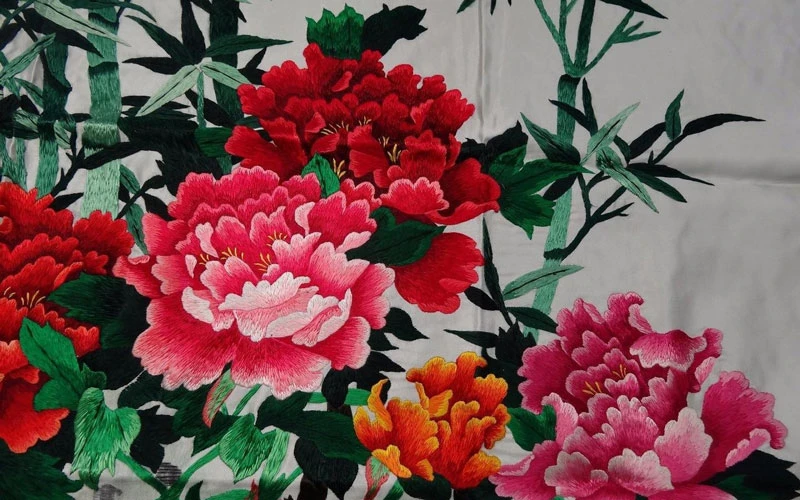
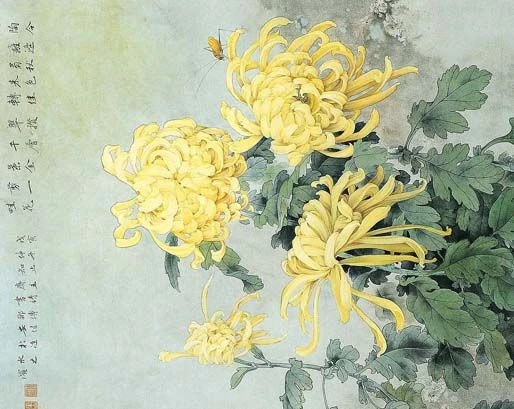
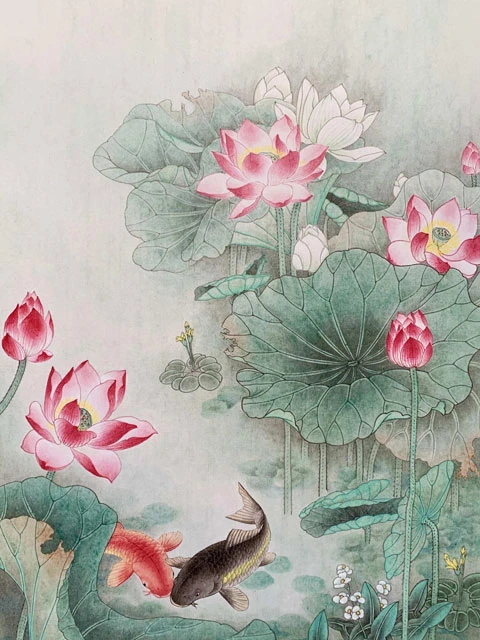
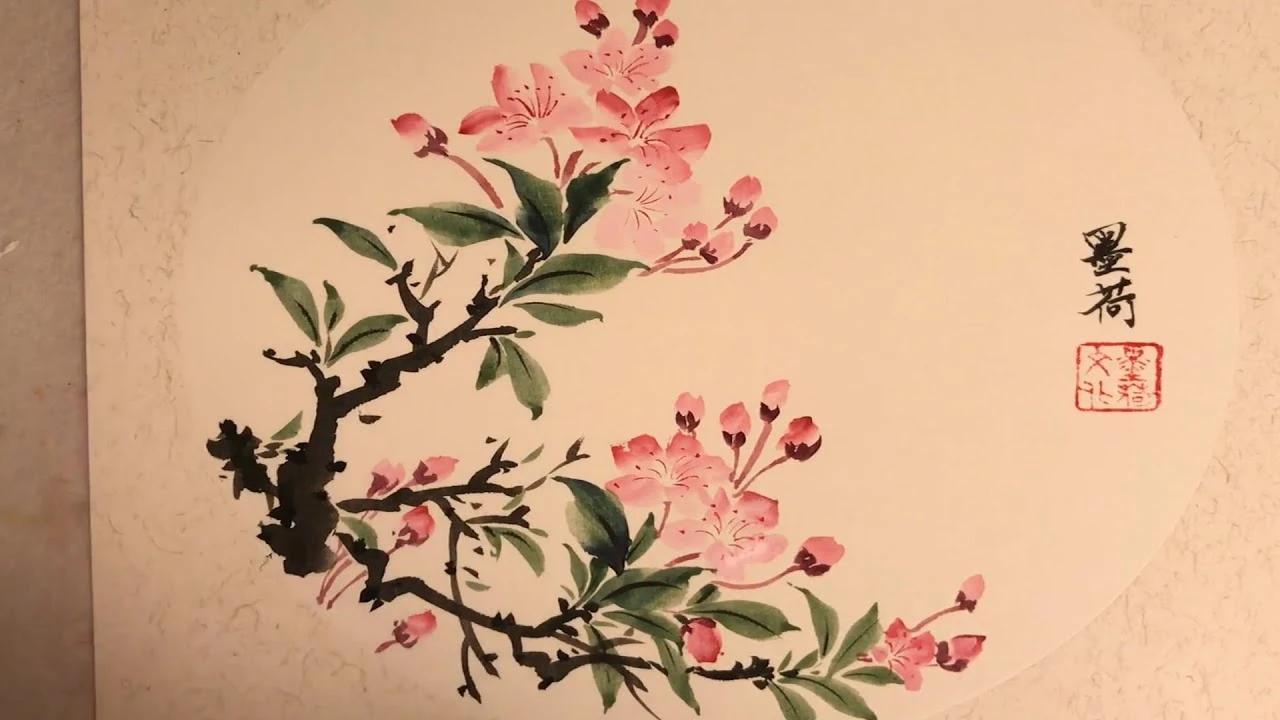
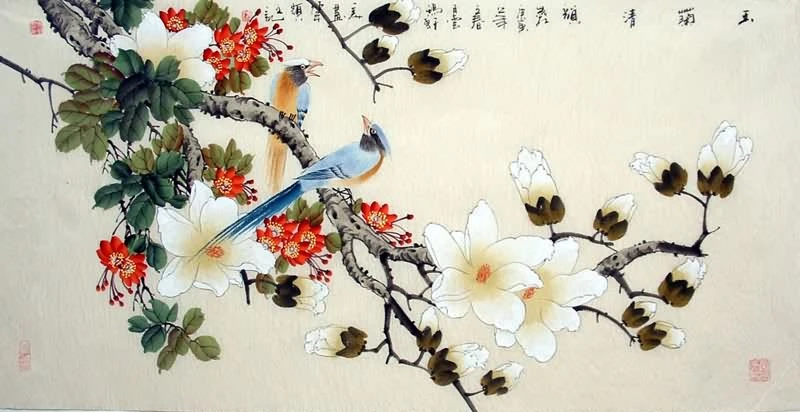
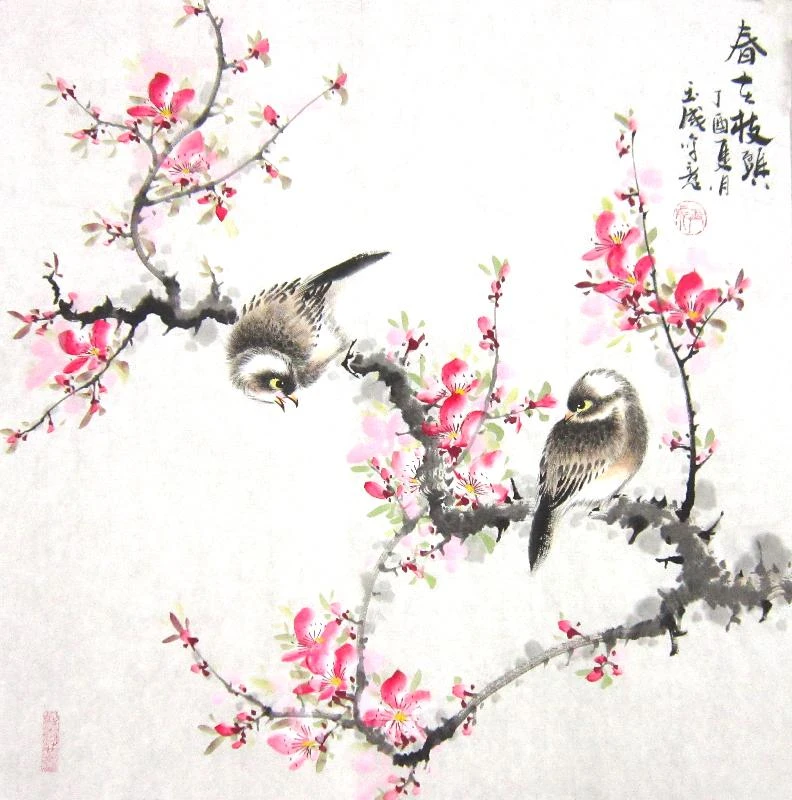
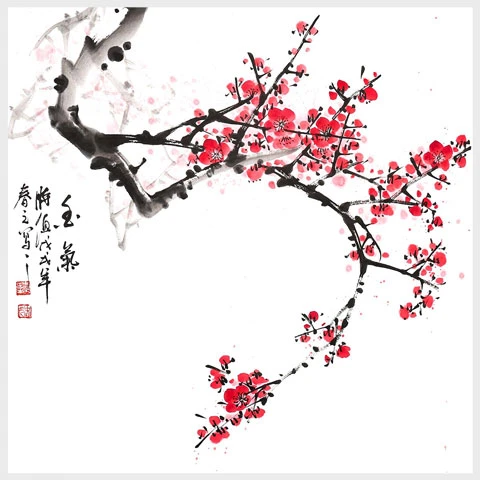
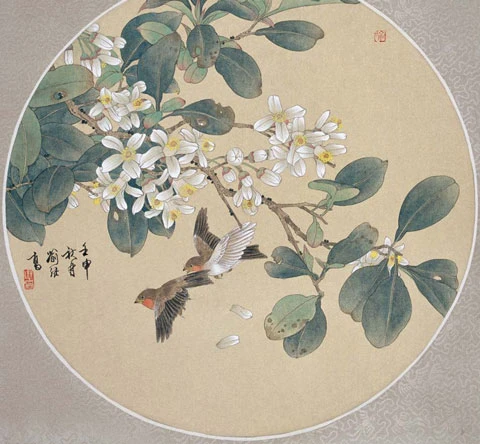

Bunga2 yang terkenal dichina dan punya makna, indah
please add Orchid and Camellia to the list😁